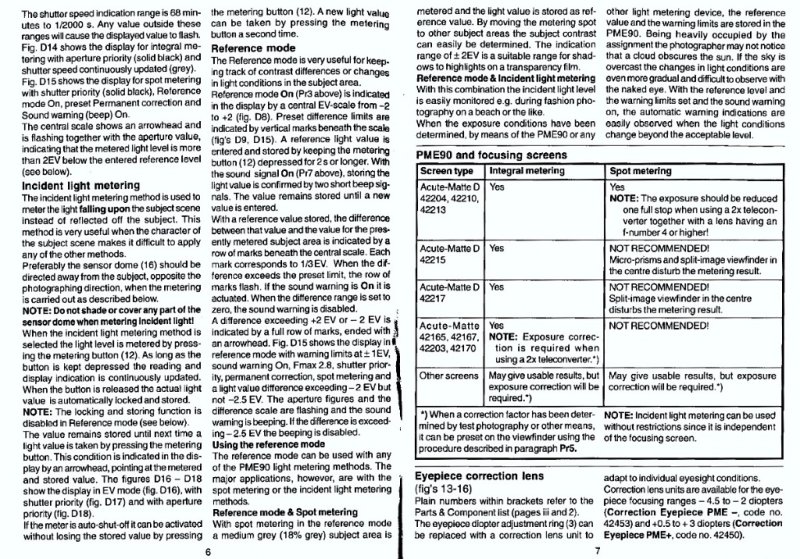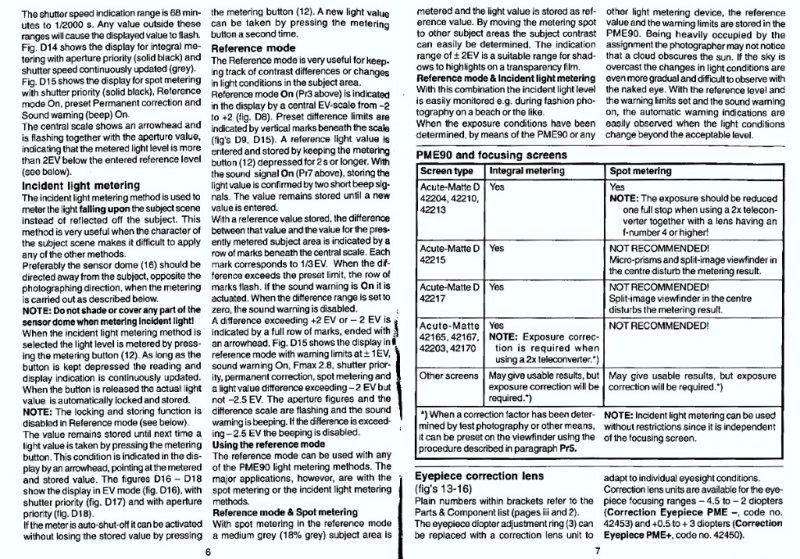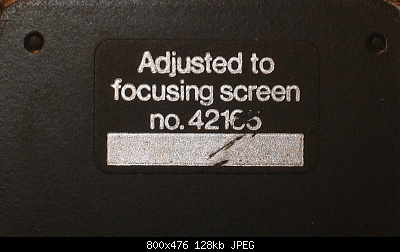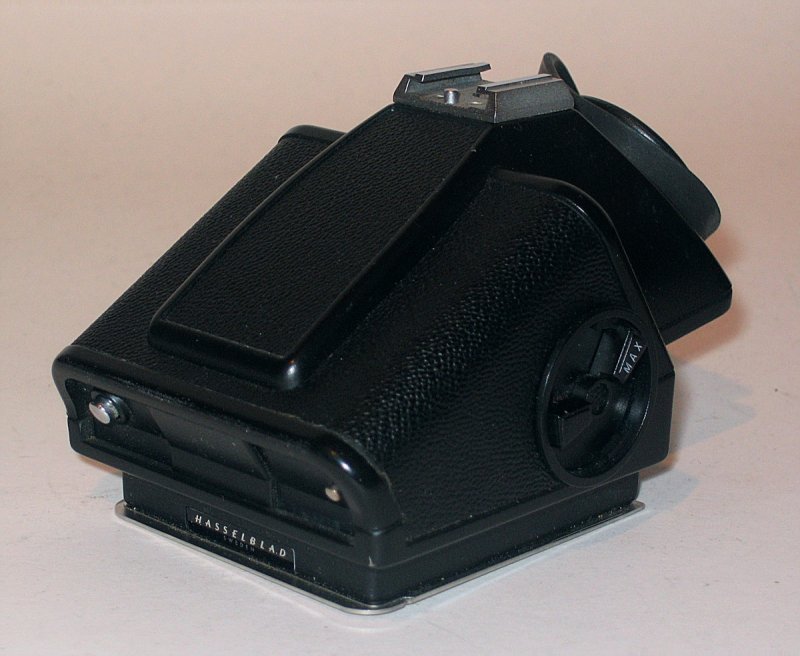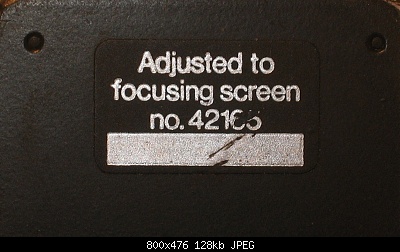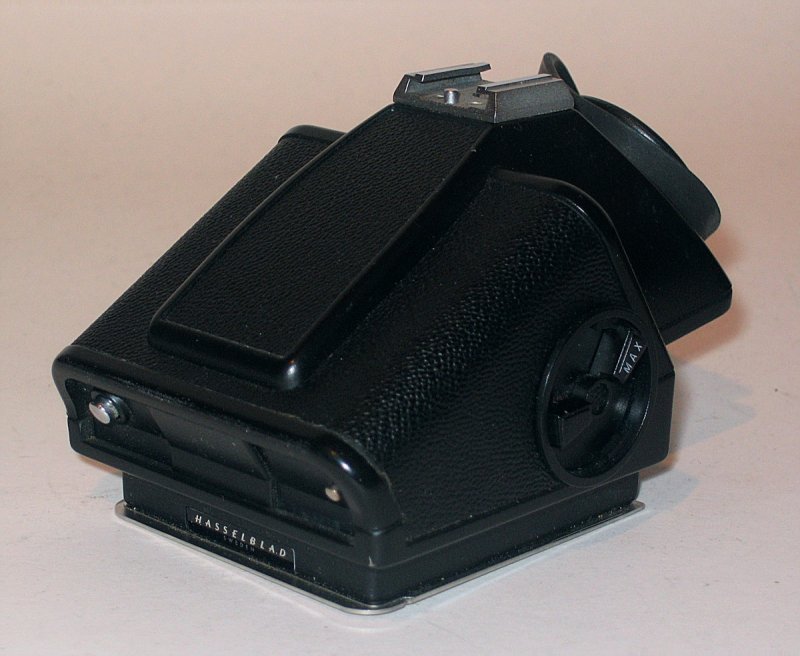I bought a second hand, in like new condition, PMe 90. My problem is that I can't make sense of the readings. It seems like in reflective mode I get correct readings but all the incident readings are about 2.5 stops off ... too bright.
Is there some kind of issue or setting that I may be unaware of or do I just simply have a bad meter? Is there any kind of reset or re-calibration that can be performed on a meter like this?
I like incident reading better, and am used to that, and may just give it back to the dealer, but I wanted to check here to see if there is something unexpected about these meters ... this is not typical ... is it?
Thanks.
.. so far ... loving this hasselblad ... and film as well.
Is there some kind of issue or setting that I may be unaware of or do I just simply have a bad meter? Is there any kind of reset or re-calibration that can be performed on a meter like this?
I like incident reading better, and am used to that, and may just give it back to the dealer, but I wanted to check here to see if there is something unexpected about these meters ... this is not typical ... is it?
Thanks.
.. so far ... loving this hasselblad ... and film as well.
